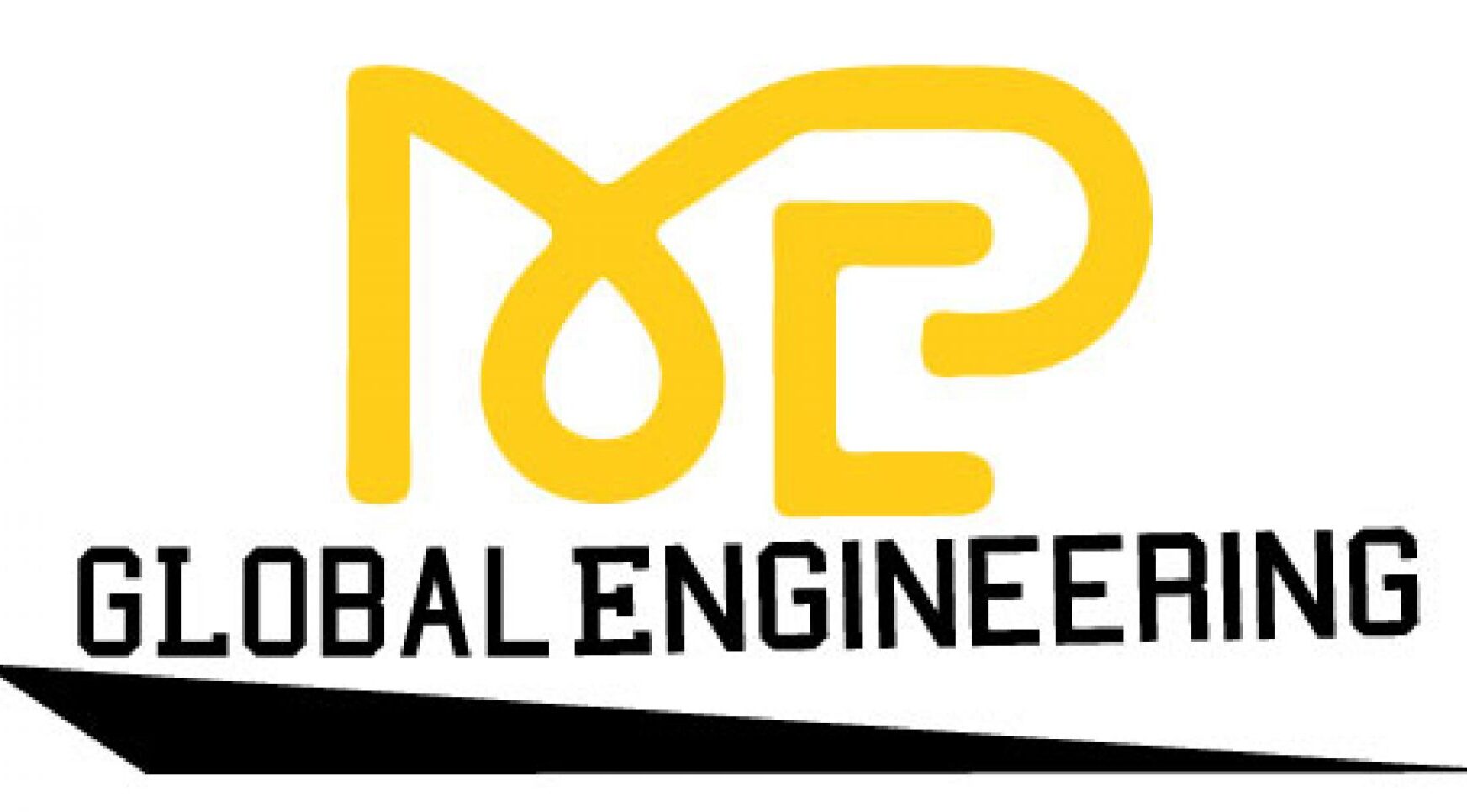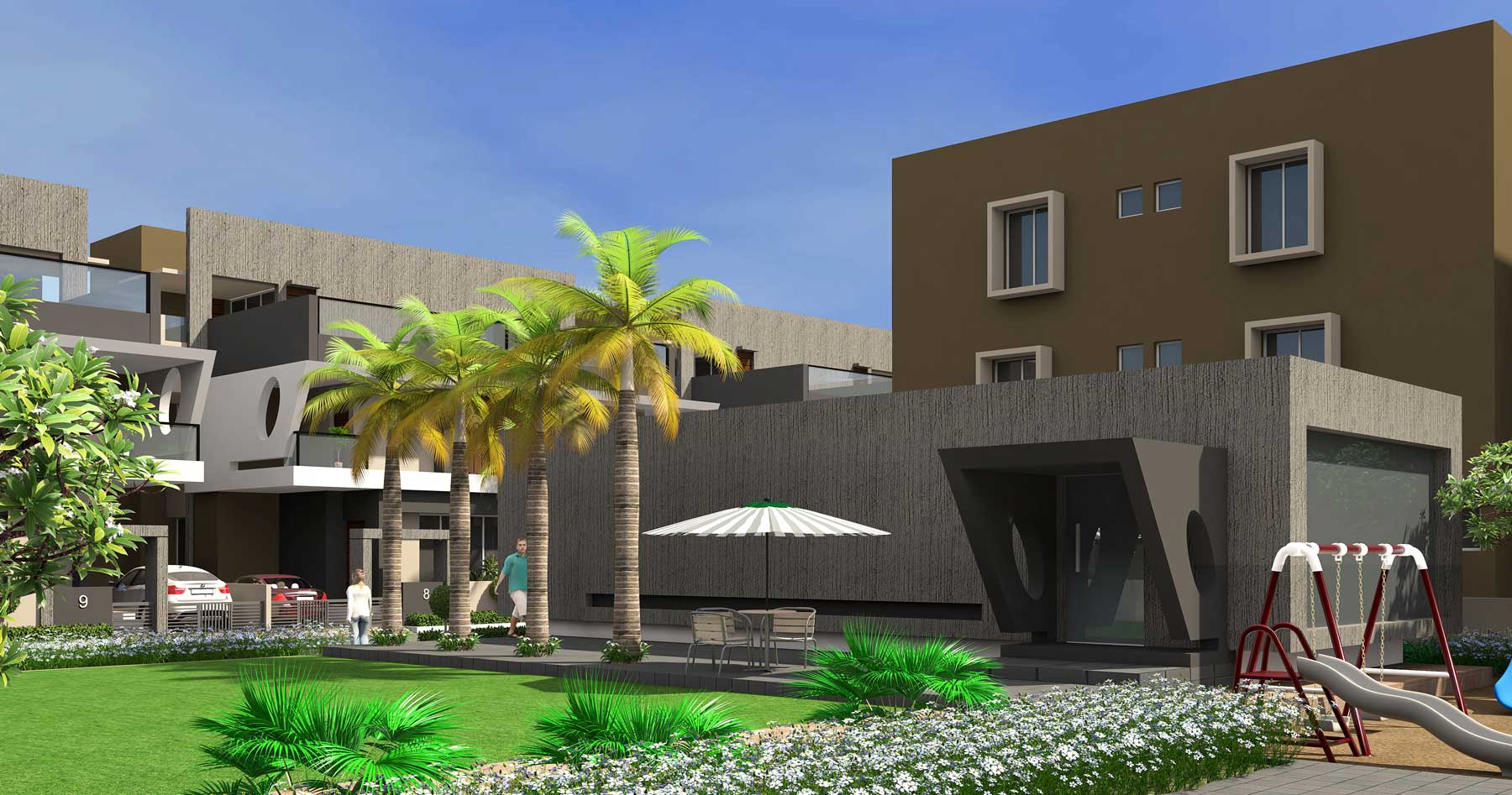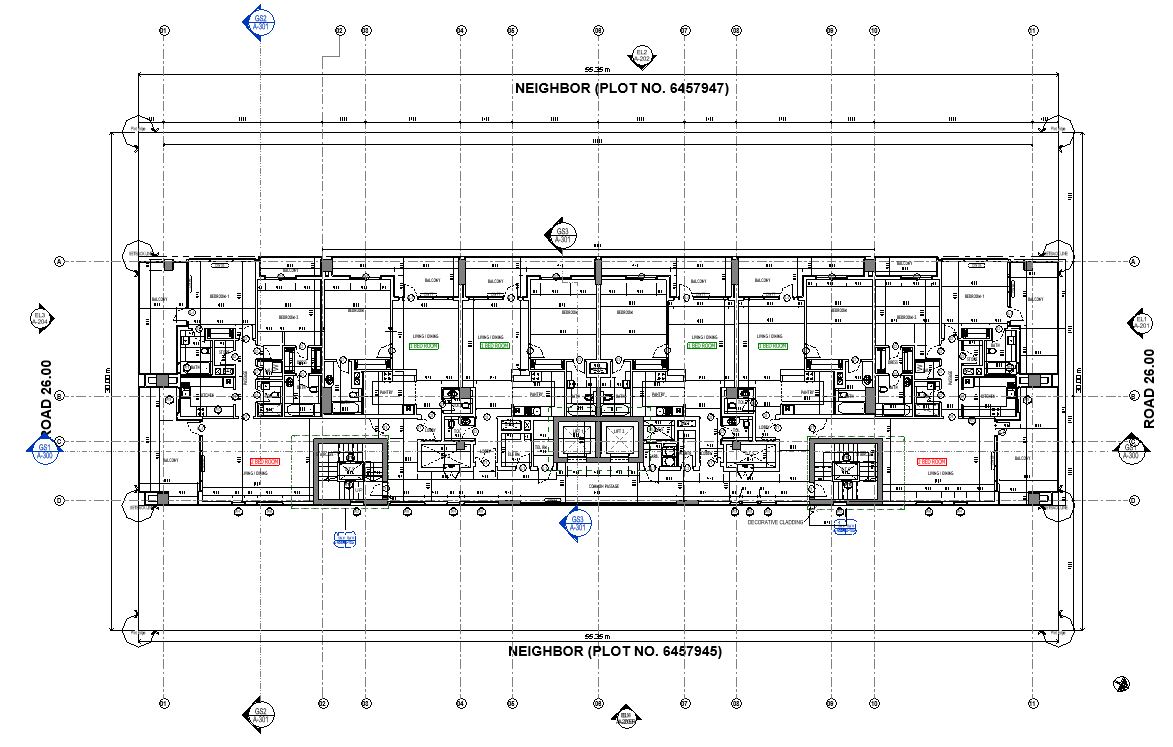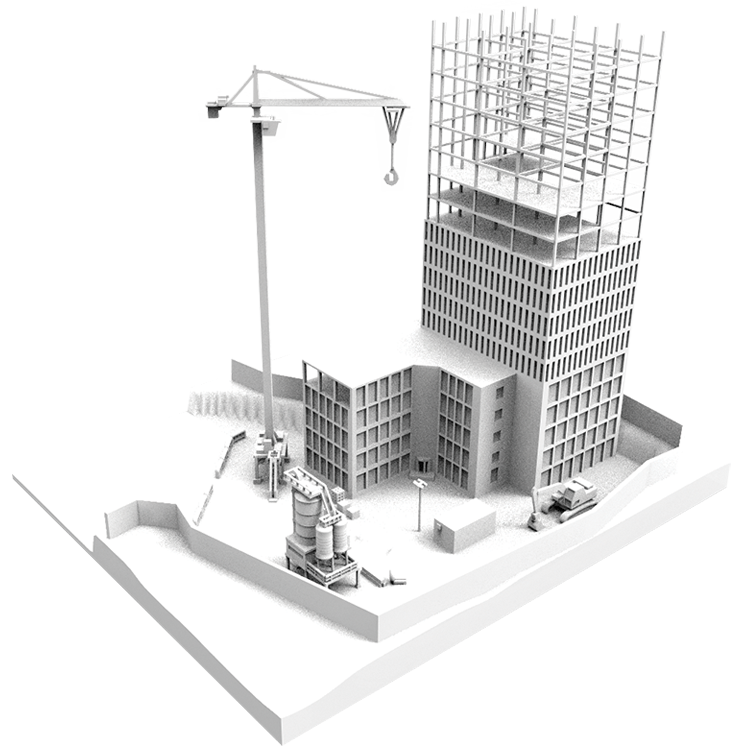
The Importance of Effective MEP Design and Coordination
The Role of MEP in Modern Building Projects
MEP, an acronym for Mechanical, Electrical, and Plumbing, encompasses the crucial systems that ensure a building’s comfort, functionality, and safety. These systems are integral, not merely supplementary, to a building’s operation and efficiency. This guide delves into what MEP involves in the context of construction, detailing each component and the services that bring these systems to life in a building project. and highlighting their significance in modern architecture. Mechanical systems, primarily focusing on heating, ventilation, and air conditioning (HVAC), are vital for regulating indoor climate and air quality.
These systems ensure that a building remains comfortable for its occupants regardless of external weather conditions, making them essential for both residential and commercial structures. Electrical systems encompass the entire network of power distribution throughout a building. This includes everything from lighting to power outlets to complex wiring setups that support advanced technologies and smart systems.
The electrical infrastructure must be meticulously planned to meet the energy demands safely and efficiently. Plumbing systems are responsible for managing water supply lines, drainage networks, sewage disposal, and even gas piping within a building.
A well-designed plumbing system ensures reliable access to clean water while effectively removing waste—an indispensable component of any functional structure. Each aspect of MEP requires specialized knowledge and precise execution during construction projects. Engineers must collaborate closely with architects to integrate these systems seamlessly into the overall design without compromising aesthetics or functionality. Understanding MEP’s role is crucial for anyone involved in construction or facility management as it directly impacts operational efficiency and occupant satisfaction in any built environment.
What is MEP in Construction?
MEP in construction refers to the planning, design, and management of the mechanical, electrical, and plumbing systems in a building. These systems are responsible for creating comfortable and safe living and working environments, and they include everything from heating and cooling systems to lighting and water supply. It is imperative that MEP systems are integrated effectively from the project’s inception, as they are crucial to a building’s functionality and efficiency. Neglecting these elements can lead to costly retrofits and operational inefficiencies down the line.
Incorporating MEP considerations early in the design process ensures seamless coordination with architectural and structural components, preventing potential conflicts. This strategic integration not only optimizes energy use but also enhances occupant comfort and safety. Furthermore, utilizing advanced technologies such as Building Information Modeling (BIM) can streamline MEP planning by facilitating precise simulations and clash detection, ultimately leading to more successful project outcomes. It is essential for all stakeholders involved in construction projects to prioritize MEP systems as a foundational aspect of modern building development.
Mechanical Systems in Building Construction
Mechanical systems in buildings primarily involve heating, ventilation, and air conditioning (HVAC) systems which regulate the thermal comfort and air quality in building interiors.
– Heating Systems: These systems provide warmth to building interiors and can include furnaces, boilers, heat pumps, and radiators.
– Ventilation Systems: Essential for maintaining indoor air quality, ventilation systems replace or exchange air within a space to control temperature or remove moisture, odors, smoke, heat, dust, airborne bacteria, and carbon dioxide.
– Types of Ventilation Systems Include:
– Natural Ventilation
– Mechanical Ventilation
– Hybrid Ventilation (a combination of natural and mechanical systems)
– Air Conditioning Systems: These systems help in cooling the interiors of a building, managing not just the temperature but also the humidity levels.
Electrical Systems
Electrical systems are crucial for distributing power safely and efficiently throughout a building.
– Power Distribution: Involves the receipt of electrical power from a utility source and its distribution to various endpoints like outlets, lighting fixtures, and appliances.
– Lighting Systems: Include the planning and installation of lighting fixtures that provide necessary illumination while being energy-efficient.
– Communication Systems: Encompass the wiring and technology needed for telecommunications, including internet and cable services, which are essential in modern buildings.
Plumbing Systems
Plumbing systems ensure the efficient flow of water into and waste out of a building.
– Water Supply: Involves the system of pipes, pumps, and valves that deliver water to the building.
– Drainage and Sewage: These systems manage the removal of waste water and materials from a building, ensuring sanitary conditions and preventing the stagnation and buildup of sewage.
MEP Design Services
These services focus on designing each component of the MEP systems to ensure they meet the specific needs of the building.
– Electrical Design Services
– Plumbing Design Services
MEP Engineering Services
Engineering services bring MEP designs to life, ensuring they are practical, efficient, and compliant with all regulations.
– System Integration: Ensuring all MEP systems work together seamlessly.
– Performance Analysis: Testing and adjusting systems to optimize performance.
– Sustainability Consulting: Advising on how to make MEP systems more sustainable and energy-efficient.
MEP Drafting Services
Drafting services create detailed drawings and plans that guide the installation and maintenance of MEP systems.
Conclusion
MEP systems are foundational to any building project, ensuring structural functionality, comfort, safety, and efficiency. Understanding the intricacies of MEP components and services is essential for anyone involved in building construction, from architects and developers to engineers and facility managers. By integrating and properly managing these systems, buildings can meet modern standards for sustainability and occupant comfort, making MEP knowledge indispensable in the construction industry.



